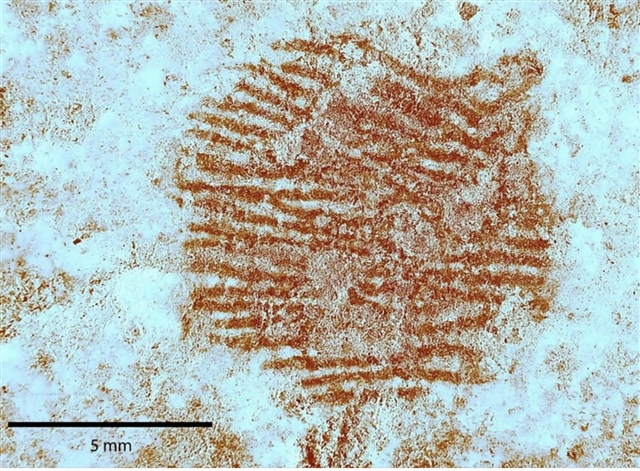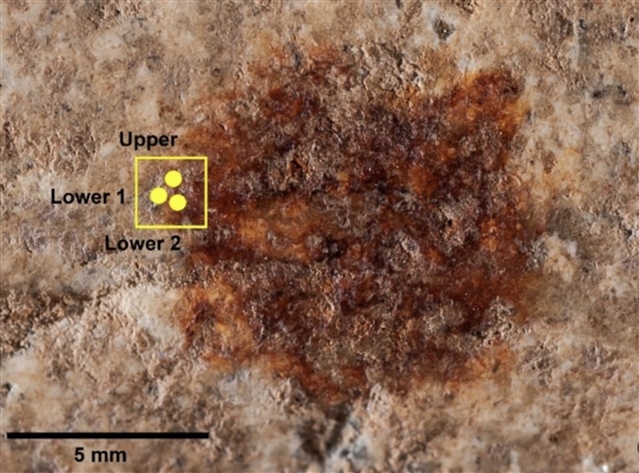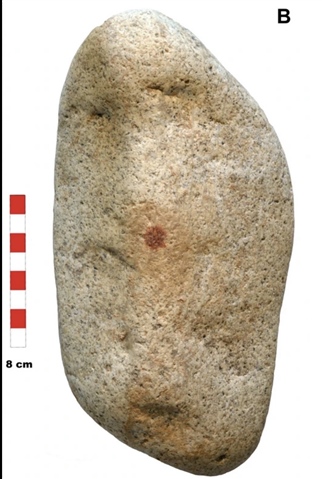A Neanderthal fingerprint has been discovered on a pebble from Segovia, Spain. Dating to around 43,000 years ago, the dot of pigment was applied by a finger tip and it may be indicative of symbolic behaviour, ie, portable art, rather than accidental.
‘Pebble figurines’ of the Neolithic are well known in the Levant and other parts of the world. They are commonly incised by Homo Sapiens, but traces of pigment, if used, do not remain.
Could this Neanderthal pebble be a ‘Pebble Figurine’?



More than a fingerprint on a pebble: A pigment‑marked object from San Lázaro rock‑shelter in the context of Neanderthal symbolic behavior
David Álvarez‑Alonso1
M. de Andrés‑Herrero1
M. C. Sastre Barrio4
M. Á. Maté‑González5
Andrés Díez‑Herrero2
S. Miralles‑Mosquera3
E. Nieva Gómez4 · M. R. Díaz Delgado4 · E. Ruiz Mediavilla4
Received: 11 March 2024 / Accepted: 5 May 2025
© The Author(s) 2025
https://link.springer.com/content/pdf/10.1007/s12520-025-02243-1.pdf

